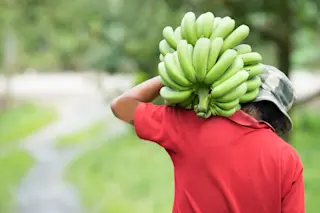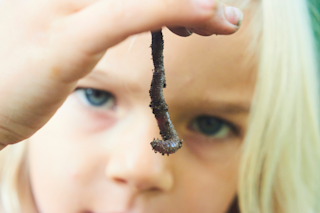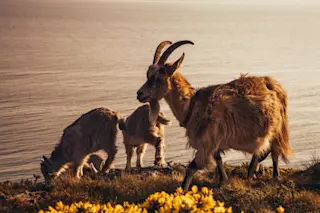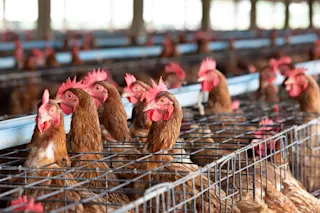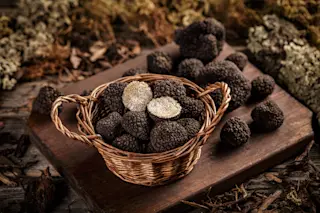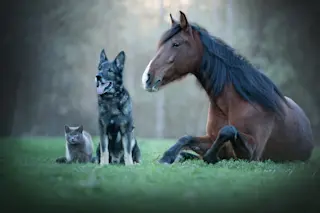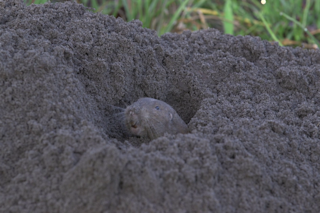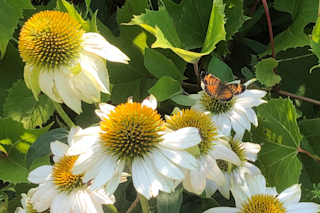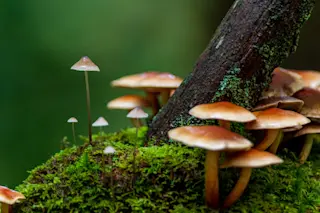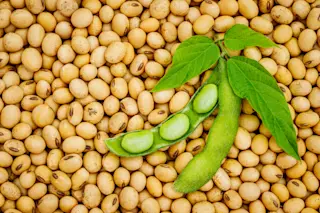The bananas your grandparents ate were different than the ones you eat today. And the bananas your grandchildren know will probably be entirely different as well.
For the moment, we are in the age of the Cavendish, a banana cultivar that accounts for 99 percent of imports to the Western world. But the Cavendish is in trouble. Like its predecessor the Gros Michel, the Cavendish may soon pass from our lives, potentially taking with it an entire industry.
At the heart of the conflict is the sturdy little fungus Fusarium oxysporum f. sp. cubense; it infects and kills banana plants and, since the banana industry relies so heavily on one species, it is spreading steadily across banana-rich Southeast Asia and into Australia and the Middle East.
The awkwardly long scientific name is because it is only one of several strains of the pathogen, also known as Panama disease. The current ...


